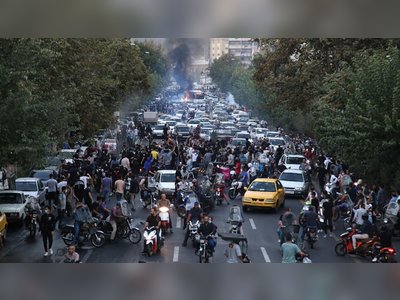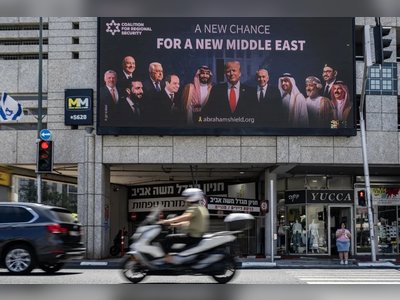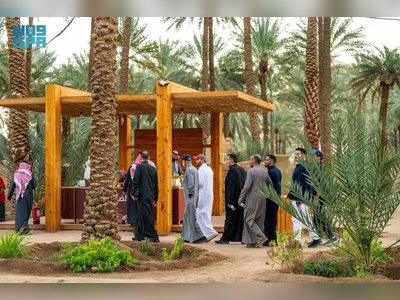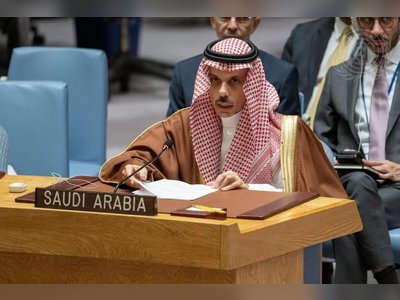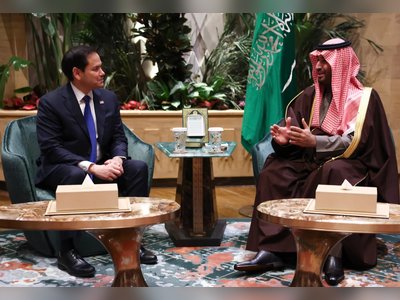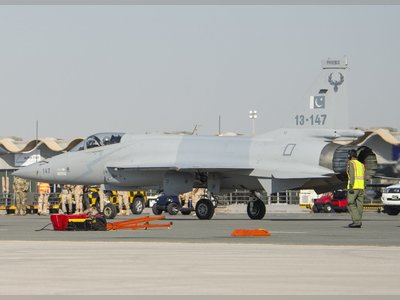Anatomy of Regime Change: The Key Players in Syria's Tumultuous Fall
A multi-faceted rebel alliance topples Assad, spotlighting diverse actors and geopolitical concerns.
The seismic shift in Syria's political landscape, culminating in the ousting of Bashar al-Assad, is a tale of disparate factions uniting under a shared objective.
Among the pivotal actors in this historic upheaval, Hayat Tahrir al-Sham (HTS) emerges as a dominant force.
Led by Ahmed al-Sharaa, known as Abu Mohammed al-Jolani, HTS orchestrated a swift offensive from its bastion in northwest Syria.
This group, evolving from the embers of al-Qaida and ISIS, has held sway over Idlib province since its formation in 2017, governing over two million people with a strategy growing more pragmatic despite concerns about its jihadist past.
In parallel, the Syrian National Army (SNA), a modulated coalition based in northern Syria, owes much of its operational support to Turkey.
Established in 2017, the SNA comprises a mélange of Arab and Turkmen factions, some rooted in the earliest resistances against Assad.
Recent maneuvers by the SNA against Kurdish groups near Manbij underscore Turkey's strategic imperative to forestall a consolidated Kurdish presence along its border, a move aimed at stabilizing regions for refugee repatriation.
The Syrian Democratic Forces (SDF), primarily Kurdish-led and backed by the United States, holds significant territory in the northeast.
This actor, while integral in combating ISIS, remains a contentious presence due to Turkey's view of its core unit, the YPG, as a threat linked to Kurdish separatism within its realm.
Adding to the complexity, the Southern Operations Room, an amalgamation of southern Syrian rebel outfits, predominantly from Druze communities, has been crucial.
This new coalition has borne the brunt of repressive measures but advanced strategically towards Damascus, marking a break in the regime's resilient grip.
Finally, albeit weakened, the specter of ISIS looms.
Originally an al-Qaida splinter group that once commanded considerable resources, its presence persists in central Syria, with ongoing engagements by US forces underscoring the unfinished struggle against extremism.
This confluence of ideologically and geopolitically diverse forces outlines not merely an end to Assad's reign but a transitional chapter with potentially far-reaching regional implications.
As these groups vie for prominence, the international community's gaze remains fixed on Syria, apprehensive of what the next act in this complex saga might unveil.
Among the pivotal actors in this historic upheaval, Hayat Tahrir al-Sham (HTS) emerges as a dominant force.
Led by Ahmed al-Sharaa, known as Abu Mohammed al-Jolani, HTS orchestrated a swift offensive from its bastion in northwest Syria.
This group, evolving from the embers of al-Qaida and ISIS, has held sway over Idlib province since its formation in 2017, governing over two million people with a strategy growing more pragmatic despite concerns about its jihadist past.
In parallel, the Syrian National Army (SNA), a modulated coalition based in northern Syria, owes much of its operational support to Turkey.
Established in 2017, the SNA comprises a mélange of Arab and Turkmen factions, some rooted in the earliest resistances against Assad.
Recent maneuvers by the SNA against Kurdish groups near Manbij underscore Turkey's strategic imperative to forestall a consolidated Kurdish presence along its border, a move aimed at stabilizing regions for refugee repatriation.
The Syrian Democratic Forces (SDF), primarily Kurdish-led and backed by the United States, holds significant territory in the northeast.
This actor, while integral in combating ISIS, remains a contentious presence due to Turkey's view of its core unit, the YPG, as a threat linked to Kurdish separatism within its realm.
Adding to the complexity, the Southern Operations Room, an amalgamation of southern Syrian rebel outfits, predominantly from Druze communities, has been crucial.
This new coalition has borne the brunt of repressive measures but advanced strategically towards Damascus, marking a break in the regime's resilient grip.
Finally, albeit weakened, the specter of ISIS looms.
Originally an al-Qaida splinter group that once commanded considerable resources, its presence persists in central Syria, with ongoing engagements by US forces underscoring the unfinished struggle against extremism.
This confluence of ideologically and geopolitically diverse forces outlines not merely an end to Assad's reign but a transitional chapter with potentially far-reaching regional implications.
As these groups vie for prominence, the international community's gaze remains fixed on Syria, apprehensive of what the next act in this complex saga might unveil.




